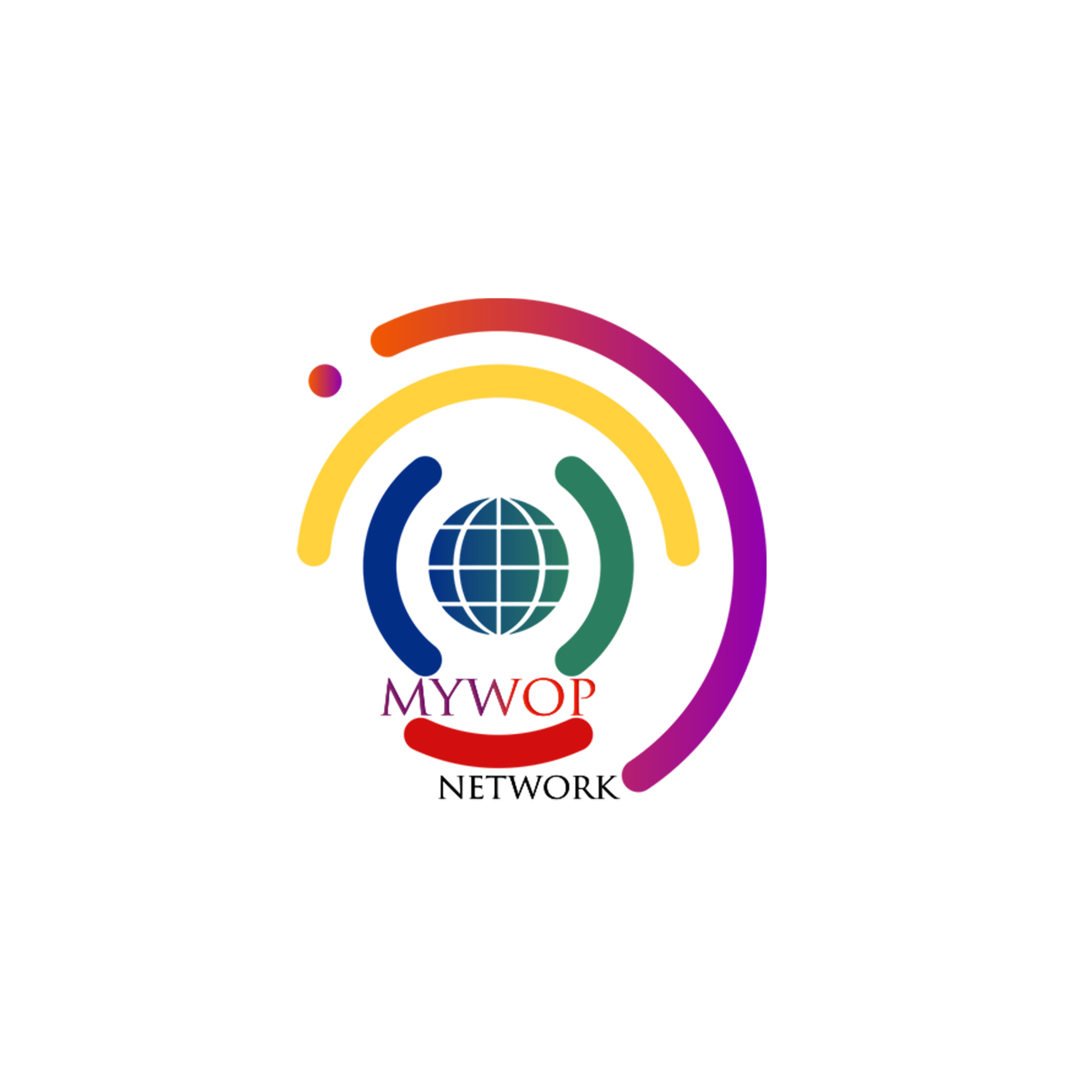The global polyurethane market size has demonstrated significant growth, reaching over USD 62.07 billion in 2024. With versatile applications across industries like construction, automotive, furniture, and electronics, polyurethane continues to shape various sectors. Forecasts indicate a steady growth rate, with the market expected to expand at a CAGR of 4.70% from 2025 to 2034, reaching approximately USD 98.25 billion by 2034. This blog post delves into the key market dynamics, drivers, challenges, and opportunities influencing the polyurethane industry’s future.
Market Dynamics
Polyurethane’s flexibility and durability make it indispensable across industries. From insulation in construction to cushioning in furniture, its varied uses are driving consistent demand. The market dynamics are influenced by technological advancements, environmental regulations, and evolving consumer preferences.
Key Drivers of the Polyurethane Market
-
Rising Demand in Construction: The construction sector’s need for energy-efficient insulation materials is a significant growth driver. Polyurethane’s excellent thermal insulation properties make it a preferred choice in green building initiatives.
-
Automotive Industry Expansion: Lightweight and durable, polyurethane is extensively used in automotive seating, interiors, and insulation. The push for fuel-efficient vehicles enhances its demand.
-
Furniture and Bedding Industry Growth: Polyurethane foams provide comfort and durability in mattresses and upholstered furniture, contributing to the sector’s growth.
-
Technological Advancements: Innovations in bio-based polyurethanes and recyclable materials cater to environmental concerns, attracting eco-conscious consumers.
-
Rapid Urbanisation and Industrialisation: Emerging economies are experiencing a surge in infrastructure projects, further boosting polyurethane consumption.
Challenges Facing the Market
-
Environmental Concerns: Polyurethane’s production involves hazardous chemicals, raising environmental and health concerns. Strict regulations on emissions and disposal could hinder market growth.
-
Volatility in Raw Material Prices: Polyurethane production relies heavily on petrochemicals, making it susceptible to fluctuations in crude oil prices.
-
Recycling Difficulties: The complexity of polyurethane’s chemical structure poses challenges in recycling, limiting its sustainability appeal.
Emerging Trends in the Polyurethane Market
-
Shift Towards Bio-Based Polyurethanes: Growing environmental awareness is pushing manufacturers to develop bio-based alternatives, reducing dependence on fossil fuels.
-
Technological Innovations: Advancements in polyurethane formulations are leading to enhanced properties like fire resistance, improved durability, and lightweight applications.
-
Increasing Use in Electronics: The electronics industry is adopting polyurethane for encapsulating and insulating components due to its protective properties.
-
Focus on Sustainability: Companies are investing in sustainable production processes and recyclable materials to meet environmental regulations and consumer demand.
Market Segmentation
-
By Product Type:
-
Rigid Foam: Dominates the construction sector due to its superior insulation properties.
-
Flexible Foam: Widely used in furniture, bedding, and automotive seating.
-
Coatings, Adhesives, Sealants, and Elastomers (CASE): Finds applications in various industries, including automotive, construction, and packaging.
-
-
By Application:
-
Construction: The largest segment, driven by the demand for energy-efficient buildings.
-
Automotive: Growth fueled by the need for lightweight materials and enhanced fuel efficiency.
-
Furniture and Bedding: Consistent demand due to comfort and durability needs.
-
Electronics: Increasing use in insulating materials for electronic devices.
-
-
By Region:
-
North America: Strong demand from construction and automotive industries.
-
Europe: Focus on sustainability and stringent environmental regulations shape market trends.
-
Asia-Pacific: Rapid industrialisation and urbanisation, especially in China and India, are propelling growth.
-
Latin America and Middle East & Africa: Emerging markets with growing construction activities and industrial developments.
-
Growth Opportunities in the Polyurethane Market
-
Sustainable Innovations: Developing eco-friendly, bio-based polyurethanes presents a significant opportunity to attract environmentally conscious consumers.
-
Expanding in Emerging Markets: Countries in Asia-Pacific, Latin America, and Africa offer untapped potential due to rapid urbanisation and industrial growth.
-
Diversification in Applications: Exploring new applications in medical devices, electronics, and renewable energy sectors can drive market expansion.
-
Investment in Recycling Technologies: Enhancing polyurethane recycling methods can address environmental concerns and open new revenue streams.



